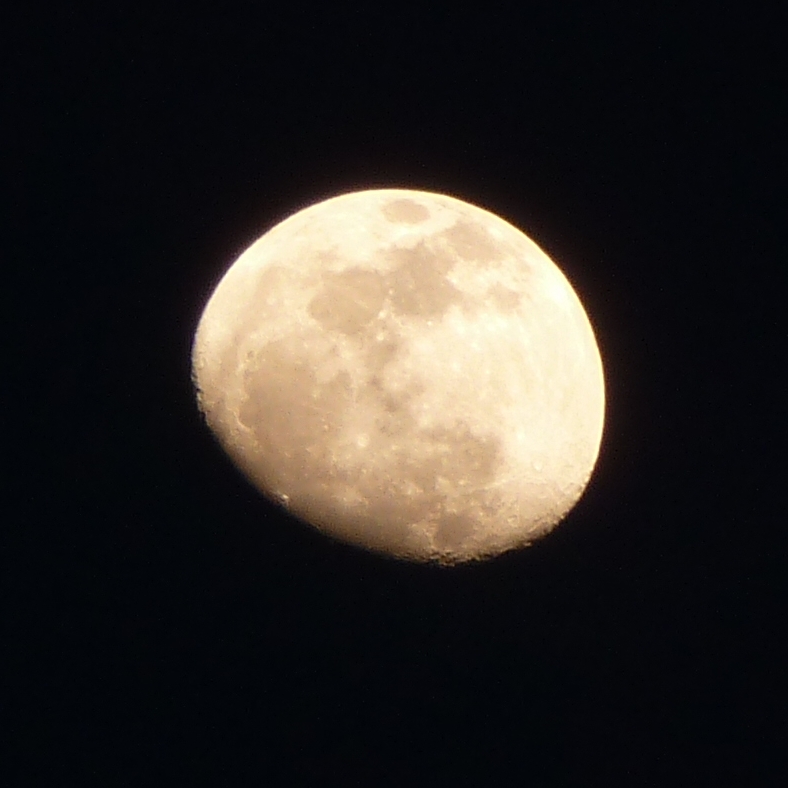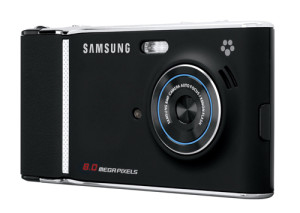I spotted this view of the moon and Jupiter bordered by flowers while at the Orange County Fair last week. While I love the look of the shot, it’s terribly grainy and full of compression artifacts. My phone isn’t great at things like zoom or low light conditions. I’ve been using it as my main camera for the past year, since it’s great in bright daylight, and my old camera is riddled with dust I can’t get rid of. But this, plus plans for a vacation where I knew I’d really want a working zoom, combined to be the last straw.
Major criteria:
- Serious optical zoom
- Low light
- Long exposure
- Wi-Fi would be nice, but not critical
I checked out a bunch of cameras and settled on a Canon PowerShot SX710 with 30x(!) optical zoom. They’ve automated a lot of the mode settings the older models used to have, but there are still a few specific modes you can use and you can still take photos with manual settings. And yes, you can transfer photos over Wi-Fi, to a device, a computer, or a cloud service.
One of the first things I did after charging the battery was go outside to see how it handled night shooting. Then I looked up and saw the moon.
So far, so good!
Amusingly, this happened the last time I bought a camera too.



